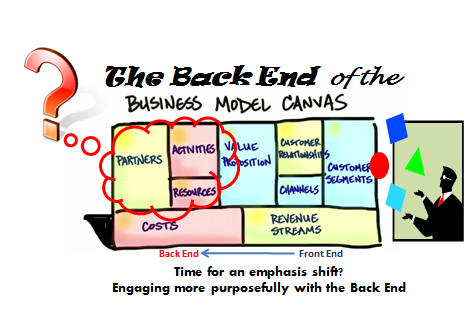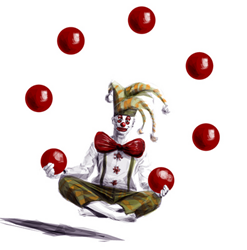It is often claimed that the middle manager seems to the ones holding back innovation. I tend to subscribe to this as well although I feel the circumstances and ‘blame’ might lie elsewhere, more than likely further up the organization. Irrespective of where the culpability lies we do need to change this perception through altering the current dynamics.
The general argument goes that the middle manager is so pressured to focus on the delivery of short-term results that all their efforts are centred far more on delivering ‘just’ an effective organization, that drives out any excess or leeway, reduces variation, constantly dampening down potential risk and uncertainty that is in direct conflict with what innovation required.
By the middle managers obsession with constantly chasing efficiencies alone, there is little ‘slack’ for innovation and new learning. Their measurement is often based on this efficiency and effectiveness emphasis and not on generating innovation. Continue reading “Seeking the middle management’s innovation perspective”



